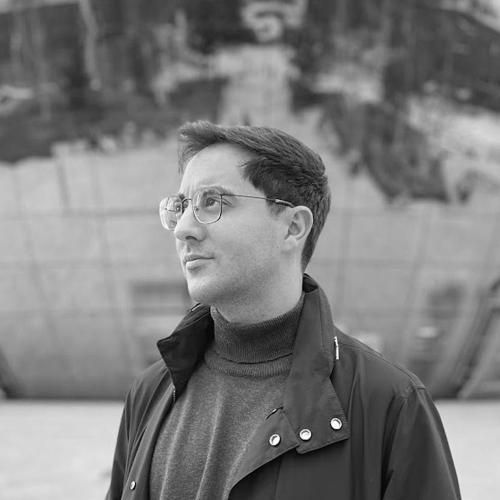
Vicente Adrián
López Chao
Profesor Axudante Doutor
Department: Architectural Graphics
Centre: Higher Technical University College of Architecture
Area: Architectural Graphic Expression
Research group: Grupo de Investigación en Representación Arquitectónica del Patrimonio
Email: v.lchao@udc.es
Doctor by the Universidade da Coruña with the thesis El impacto del diseño del espacio y otras variables socio-físicas en el proceso de enseñanza-aprendizaje 2017. Supervised by Dr. Jesús Miguel Muñoz Cantero, Dr. Ricardo García Mira.
Doctor by the Universidade da Coruña with the thesis La investigación en expresión gráfica arquitectónica aproximación bibliométrica al contexto español 2021. Supervised by Dr. Antonio Amado.
He obtained the Honours Degree of Bachelor of Science in 2011 and the Honours Degree of Bachelor of Architecture with 1st class honours in 2013 by the University College of Dublin. He holds a M.Art in Teaching Training in the field of Arts in 2014 and a M.Art in Didactics in 2018, which awarded the best academic record by the Universidade da Coruña. He received his philosophal doctorate with international distinction and extraordinary doctorate award in the Interuniversity Programme of Equity and Innovation in Education by the Universidade da Coruña, Universidade de Santiago de Compostela, Universidade de Vigo, Universidad de Oviedo and Universidad de Cantabria in January 2017 in the field of environmental quality of learning spaces through an interdisciplinary approach broading architecture and environmental psychology. He obtained a M.Eng in Representation and Design in Engineering and Architecture (awarded for the best academic record) by the Universidad de Almería in 2019, and a PhD in Architecture and Urbanism by the Universidade da Coruña in July 2021 that establishes the theoretical and applied knowledge bases of the graphic possibilities for analysis of architecture and urban planning. He has been part of the research and teaching staff of the Universidade de Santiago de Compostela in the Didactics department (March 2018-September 2018), of the Universidad de Almería in the Education department (September 2018-December 2018), of the Universidad de La Laguna in the Department of Engineering and Architecture Techniques and Projects (December 2018 - June 2019), of the Universidad de Almería in the Department of Education (September 2019 - February 2020) and of the Universidade da Coruña in the Department of Architectural Graphics (since February 2020 - current). He was a Collaboration Scholar in the Department of Specific Didactics funded by the Ministry of Education, Culture and Sports in 2013-14, which he used to research graphic innovation for teaching technical drawing. He completed a six-month predoctoral stay at the University of Oxford under the tutelage of Harry Daniels and Hau Ming-Tse funded by the UDC-Inditex scholarship. He has participated with more than 30 communications in international conferences, highlighting the 24th International Association People-Environment Studies Conference in 2016 (Lund, Sweden) to which he attends funded by the Young Research Workshop grant from the IAPS organization. He was part of the organization of the 6th International Symposium of Formal Methods in Architecture that took place at the ETS de Arquitectura de A Coruña in May 2022, being the first time in Spain. His lines of research have focused on the sustainable design and environmental quality of educational spaces (indoor environmental quality) and graphic techniques for educational improvement and architecture analysis, leading to articles in journals indexed in Scopus (n = 29) and Journal Citation Reports (n = 24) such as: EGA. Revista de Expresión Gráfica Arquitectónica, The Anthropologist, Buildings, The International Journal of Engineering Education, Interaction Design and Architecture, Frontiers of Architectural Research, Symmetry, ArchiDOCT and Revista Española de Documentación Científica, among others. He has also published book chapters in SPI first quartile publishing editorials such as Springer, Tirant lo Blanch, McGraw Hill, TECNOS and GEDISA (n = 7).










